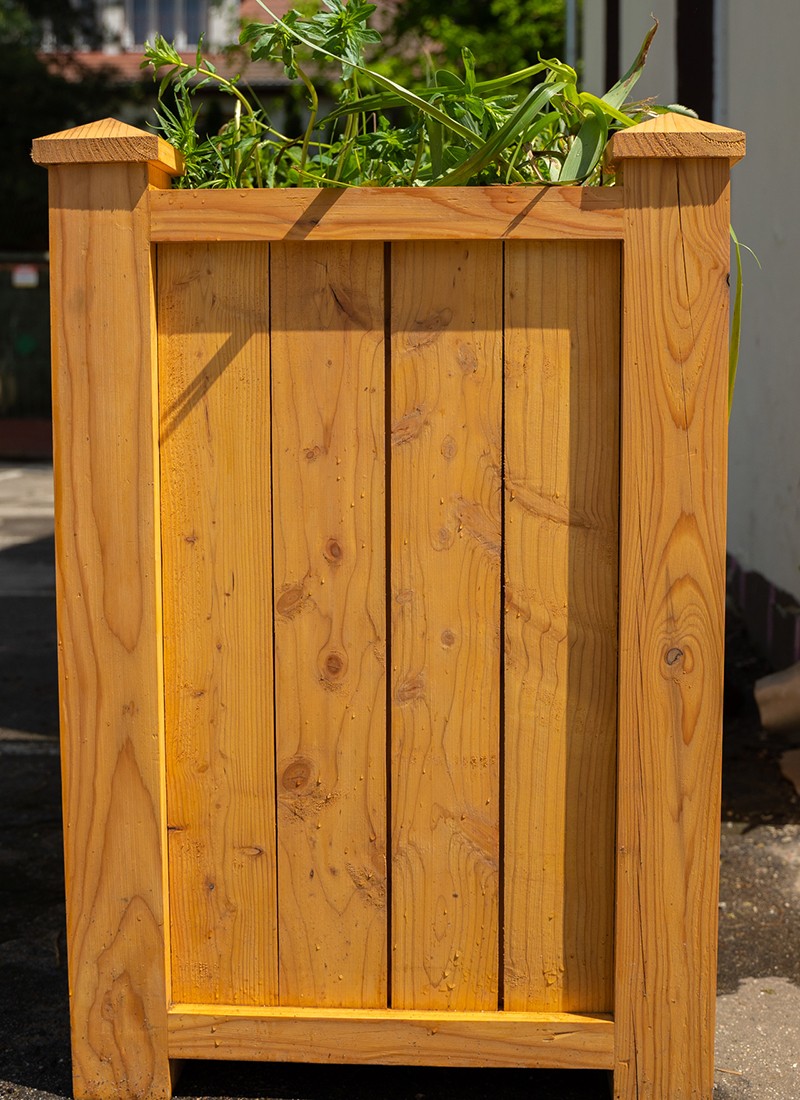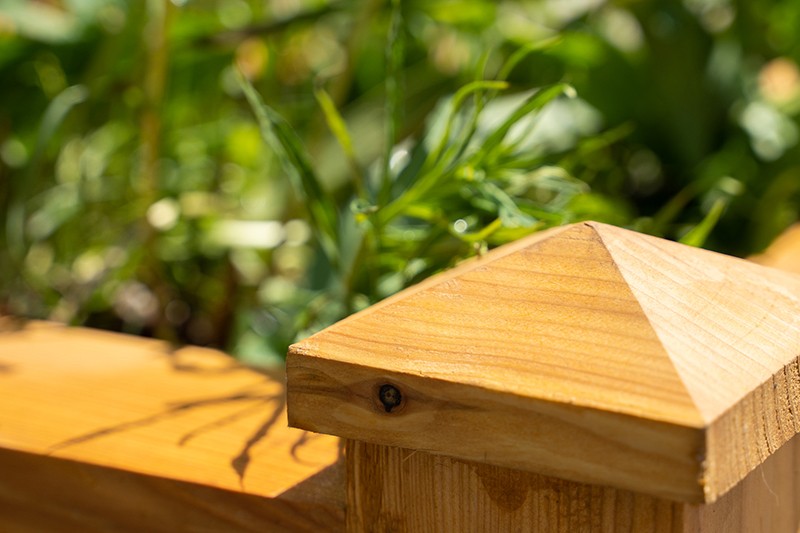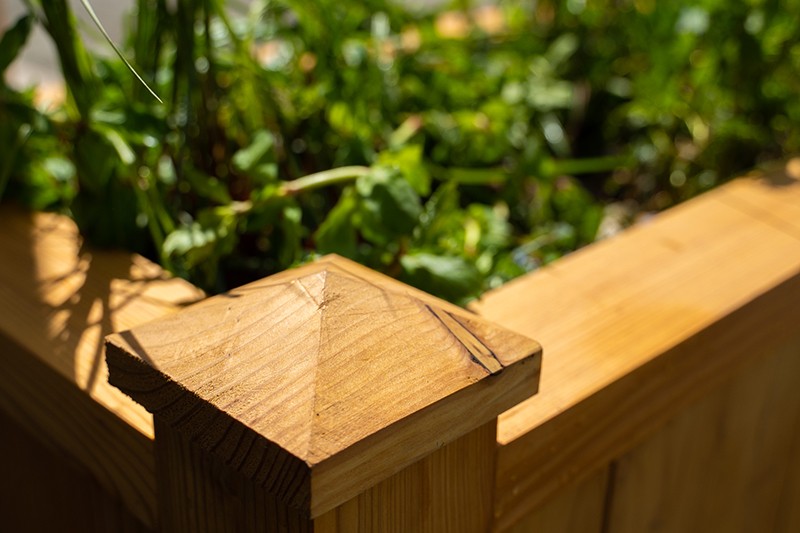Rain gardens in Gorzów Wielkopolski!

We are seeing the growing consequences of concreting causing local flooding more and more often with higher rainfall. The grounds of the Municipal Cultural Center in Gorzów Wielkopolski have gained two rain gardens thanks to cooperation with the Aeris Futuro Foundation. This is one of the ways to combat this problem.
Let’s explain what rain gardens are
Among the tools used to manage rainwater in the landscape are rain gardens. Visually, they resemble an ordinary garden. Their function is to absorb excessive rainwater, remove pollutants from it and release it into the ecosystem. They also contribute to reducing the discharge of water from impermeable surfaces into drains, thus increasing retention. They provide a habitat not only for plants, but also for insects.
There are two types of rain gardens – in containers and in the ground. In both cases, the creation of a rain garden is primarily for retention, but also for the introduction of native species that will support biodiversity and the sustainability of the ecosystem.
Which plants should you choose?
These are the so-called hydrophytic plants. They are the ones that should make up about 50% of all plants in our garden. Their main purpose is to capture and retain pollutants that are in the runoff water. Perennial species are often used for this – ferns, sedges, irises or irises.
Hydrophytic plants are divided into those that tolerate drought – used for dry rain gardens, such as common reed or valerian. The second type is coastal hydrophytic plants, planted in flooded areas up to a height of about 30 cm. For example, narrow-leafed scabiosa, water plantain or marsh callasia.
Learn how to make a rain garden
Once we know what plants we will plant, we need to think about how to build a rain garden. To begin with, we will need a sealing layer – clay or PVC film, which we lay on the bottom, and a drainage pipe, whose task is to drain excess water. We can connect it, for example, with a drainage well. And a container or box, if we create a garden in a container. An important element in its creation is the drainage layer. It is she who is responsible for the possibility of seepage of water into the soil layers below. So you need to remember to use gravel or expanded clay, which is laid the deepest, then sand, and finally a mixture with horticultural soil.

HYDROZAGADKA – HOW TO WIN AGAINST DROUGHT?
As part of our project “Hydrozagadka – how to win against drought?” implemented with a grant from the Active Citizens – National Fund program funded by Iceland, Liechtenstein and Norway under the EOG Funds, which consists of proposing micro-retention solutions as a way to save water and counteract drought, as well as taking various actions for environmental protection and sustainable development, we managed to build two rain gardens on the grounds of the Municipal Cultural Center in Gorzów Wielkopolski.
If you want to learn more about rain gardens, we invite you to listen to a podcast on our Spotify account titled “How to build a rain garden and what plants to plant in it?”. This is the second episode in the series On Climate and Ecology.
Link to the episode on Spotify







